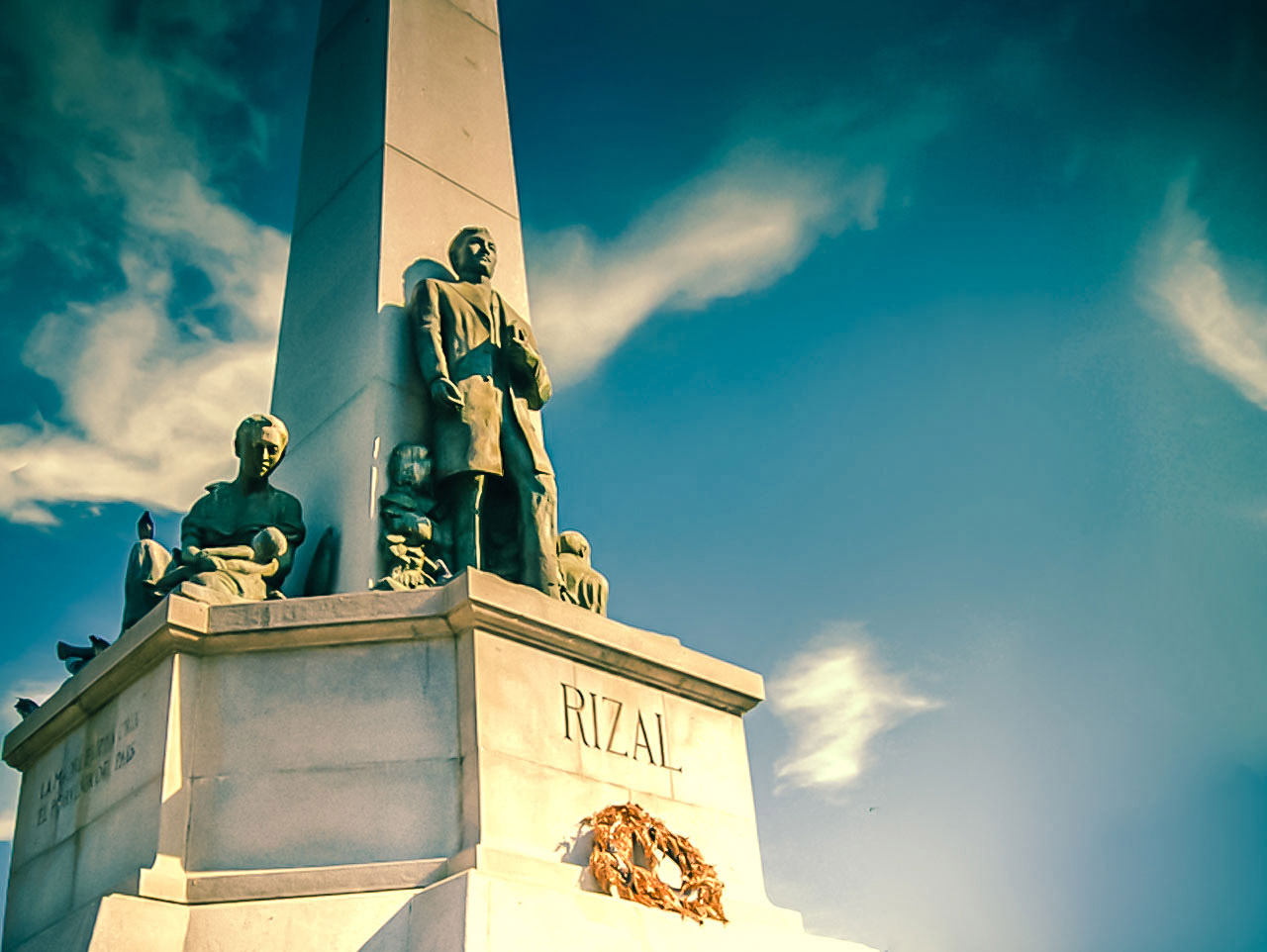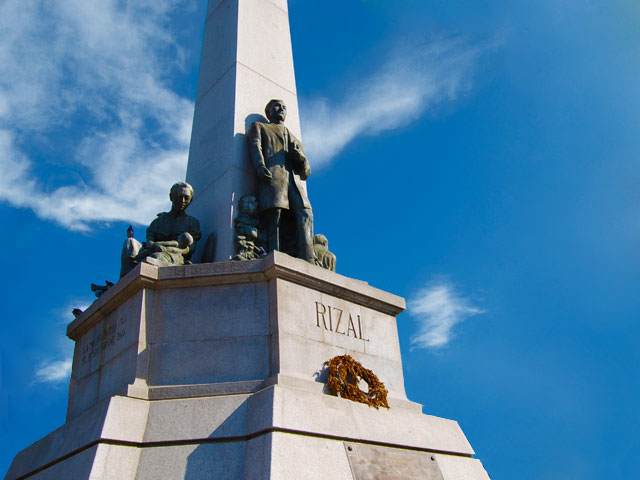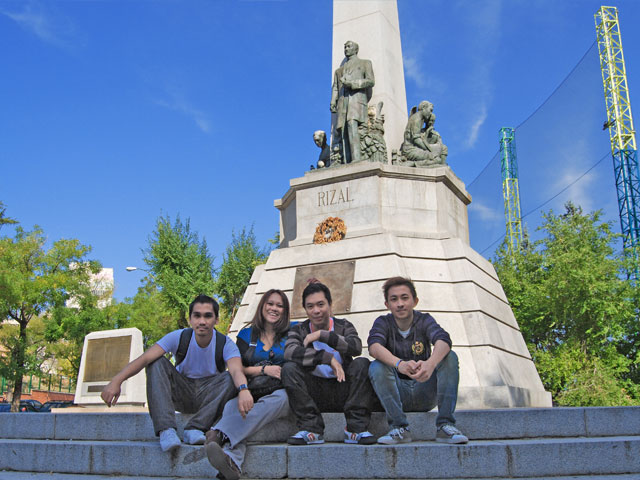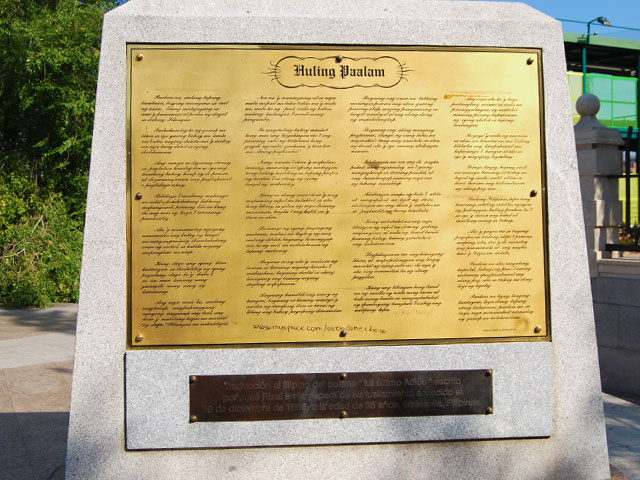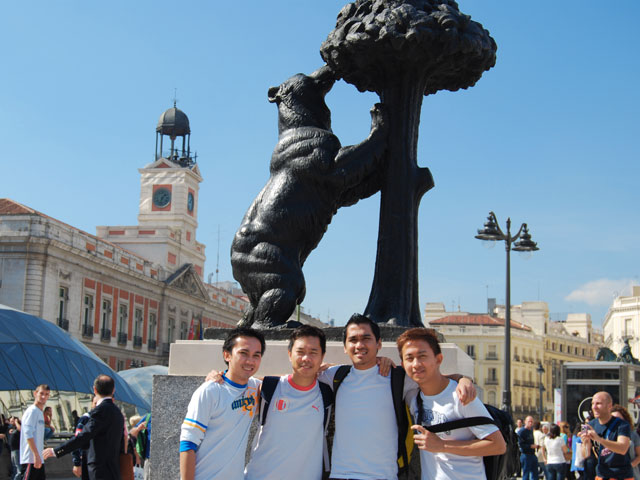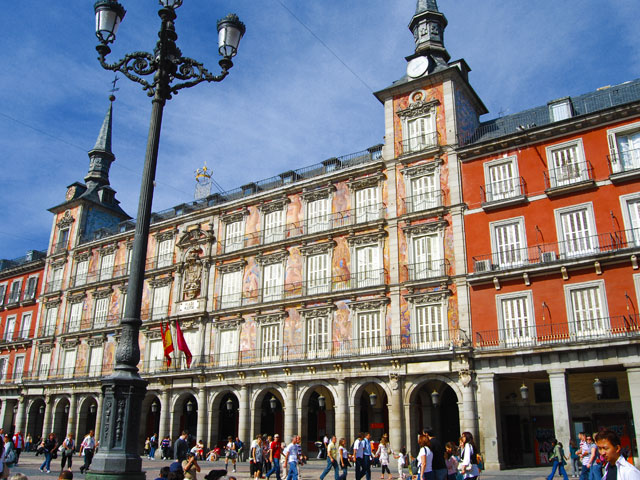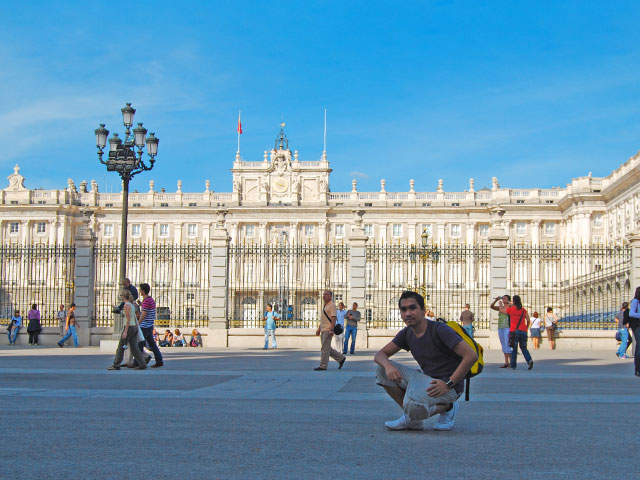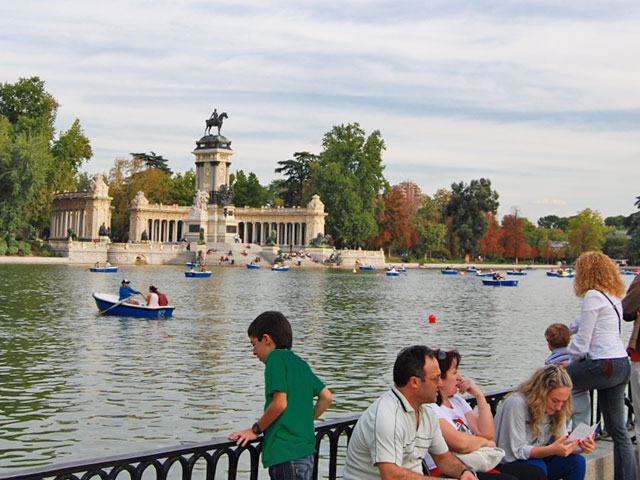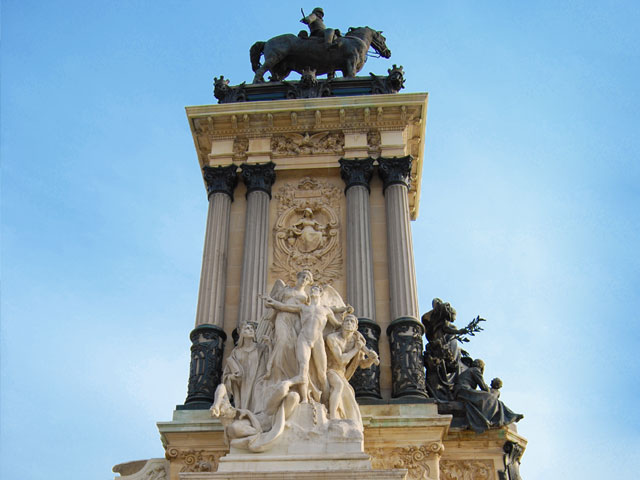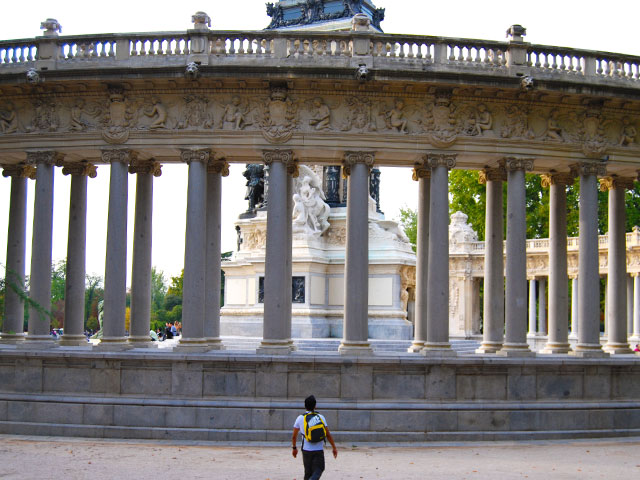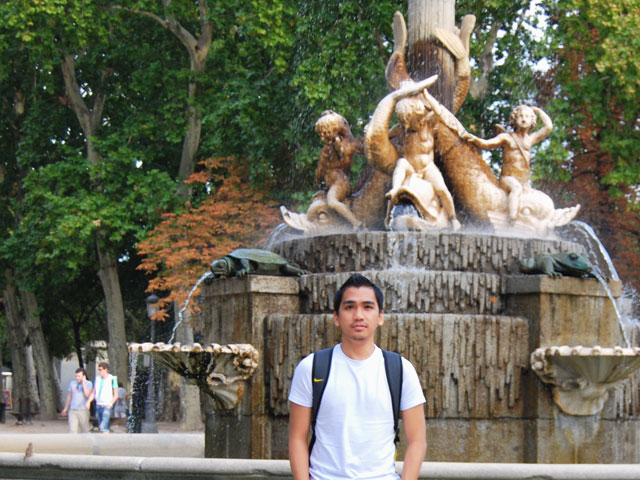Buses are nearly always the cheapest way to get around distant cities in Spain. Apart from the longer route (bearable to some extent), the public bus here is quite modern, comfortable and inexpensive.
Let's take the bus route from Barcelona to Madrid, for instance. If you don't mind at least 6 to 8 hours of sheer discomfort to cut a reasonable amount of your travel expenses, then we're on the same page.
Taking the trip during the night actually minimizes this downside. We did just that and took the night bus from Barcelona Nord bus station which costs around 30 Euros, slept the entire trip, and then woke up the next day at Avenida de America — the main coach station in Madrid.
Home to a huge number of European masterpieces and royal palaces, Madrid is the capital and largest municipality of Spain. Arriving early in the morning, we were greeted by the overwhelming city of grand and elegant boulevards gleaming in charm. Thanks to the early morning rays of sun as it starts to warm up the place.
You could refer to it somewhat like the Spanish New York, especially Gran Via. Walking at the Madrileñan streets felt more urban than of Barcelona. Surprisingly, you could see more locals than visitors owing to the fact that the city doesn't receive as many tourists compared to Barcelona.
Lucky enough, we have a Filipina friend living in Madrid who offered us a place to stay for the weekend. She toured us pretty much around the big city. But one of the main highlights of our weekend trip was the visit to the iconic monument of our very own National Hero of the Philippines — Jose Rizal.
Located at the junction of Avenida de Filipinas and Calle Santander, the landmark is actually the exact replica of the Rizal Monument at the Luneta Park in Manila. It was built in 1996 and designed by a Swiss sculptor, Richard Kissling. It was unveiled in commemoration of the centennial Philippine Independence in 1998.
History has it, the Philippines was once Spain's farthest colony halfway around the globe for more than 300 years. Rizal, along with other Filipino propagandists, fought for the recognition of the Filipinos' right to autonomy and for equal rights with Spanish citizens. Rizal's two famous novels in Spanish texts, Noli Me Tangere and El Filibusterismo gave rise to a new Philippine nation and his martyred death.
Now, standing high on Spanish soil, it was very humbling to see our great Jose Rizal admired and honored by the people of this part of the world. On each side, dwells two tablets of Dr. Jose Rizal's Mi Ultimo Adios and its Filipino translation — Huling Paalam.
Located in Madrid's most famous and most central square, La Puerta del Sol ("Gate of the Sun"), lies the 20-ton bear statue known as El Oso y El Madroño (The Bear and the Strawberry Tree). It is one of Madrid's most important statues being the official symbol of the city. Legend says that the original name of the city was Ursaria or the land of bears. Together with the strawberry tree (madroño in Spanish), El Oso y El Madroño have been the symbol of the city since the Middle Ages
Apart from being one of the best known and busiest places in Madrid, Puerta del Sol is also the famous setting of the traditional eating of the Twelve Grapes in New Year's Eve where the famous tower clock strikes each of the 12 chimes at midnight.
The streets of Madrid are a bona fide museum of outdoor sculpture. The most popular park of the city filled with beautiful sculptures and monuments is the Buen Retiro Park (Park of the Great Retreat) perfectly rendered in a classical-style garden and a peaceful lake. It was originally built by the Spanish King as a retreat for the Royal family until it was opened as a public park in the late 19th century. It's just the perfect place to spend Sunday afternoons.
By the lake is a long half-moon sequence of columns leading to the impressive monument dedicated to King Alfonso XII, with his equestrian statue facing the park.
The different array of sculptures is quite an interesting sight and fountains like the Galapagos Fountain consisting of a dolphin, four children, two turtles and two frogs. The fountain was built to commemorate the birth of Isabel II.
